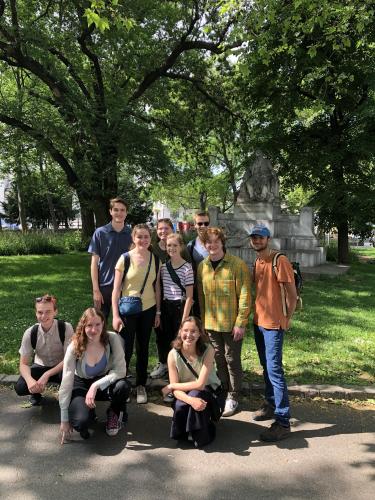Discovering Vienna’s art history first-hand
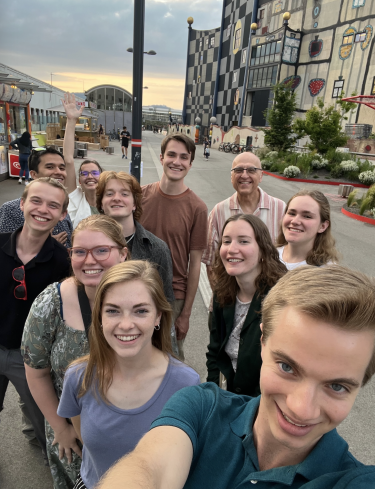
There’s nothing wrong with the traditional college classroom. Nothing at all, Robert Shay stresses. But when it comes to teaching a course titled “Music, Arts + Culture 1880-1920 (Vienna, Austria),” the College of Music professor of musicology admitted that, sometimes, it’s time to leave the classroom behind.
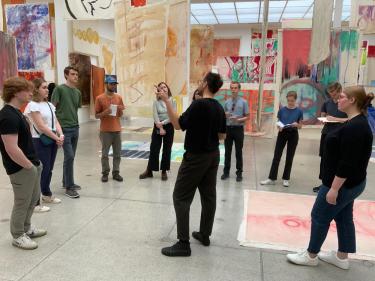
In this case, when Vienna beckoned, Shay and 10 of his upper-level undergraduate students answered the call. During Maymester, they headed off to get up close and personal with the Austrian capital. Part of the CU Boulder Study Abroad program, this exciting, interdisciplinary two-week experience was one of the many instructor-led Global Seminars, Shay points out, noting that “CU does 30 or 40 of these around the world.”
Planning for such an intense on-the-road course began “a few years ago,” says Shay. “Before we left, we had three class sessions, sort of as a crash course. I wanted to get the basics in place.” Once in Vienna, everything changed. “By actually being there, you’re seeing these things we’re talking about,” Shay adds. “There’s an immediacy. I can see how rapidly students can internalize information.”
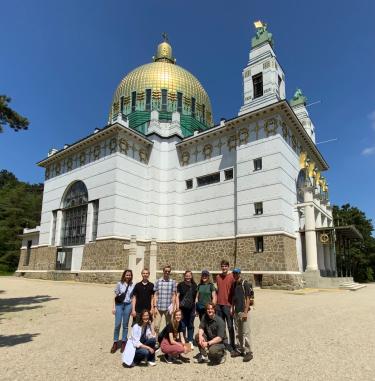
And there was a lot of information to internalize—and a lot of sights to see. Though Shay’s specialization is music, this course involved all of the arts, particularly new views of architecture and painting—creative breakthroughs that had made the city a hub of revolutionary activity at the start of the 20th century. “It was the birth of the Modernist movement,” he says. “There was enormous political upheaval.” The artistic explosion became known as the Vienna Secession, led by architects Joseph Hoffmann and Joseph Maria Olbrich, and painters Gustav Klimt, Alfred Roller and Koloman Moser. Their goal was to join Europe’s growing Art Nouveau movement. Secessionists sought a new purity that would chase away traditional styles and bring together all of the separated arts. Olbrich designed a Secession Building, which currently houses Klimt’s enormous “Beethoven Frieze” in the basement. Yes, Shay and his students visited the impressive gold-domed structure.
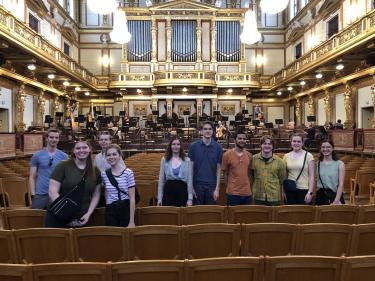
Besides a visit to Klimt’s remarkable 112-foot salute to Beethoven, Shay and his students were able to sample live music while in Vienna, attending a performance of Alban Berg’s opera “Lulu” and a concert in the famed Musikverein concert hall. In fact, Shay points out, the course was offered as a music course. Nine of his charges were music majors, the other a music minor. “We had focused on [composer Arnold] Schoenberg beforehand and one of the students chose him for the integrated topic.”
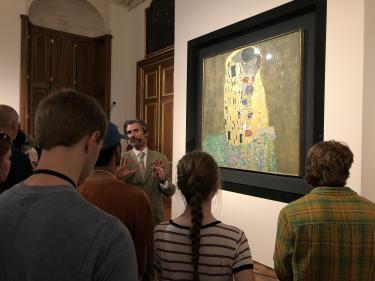
Shay explains that the course requirement included a paper based on the Vienna trip. Other topics chosen by the students included women composers of that period and Viennese architects.
Since nine of the 10 young travelers had never visited Europe, one wondered about the impact of visiting the great Austrian city. “We talked as a group afterward,” recalls Shay, “and I got a general sense of their response to the trip—I think I whetted their appetite for more learning and for more travel.”
